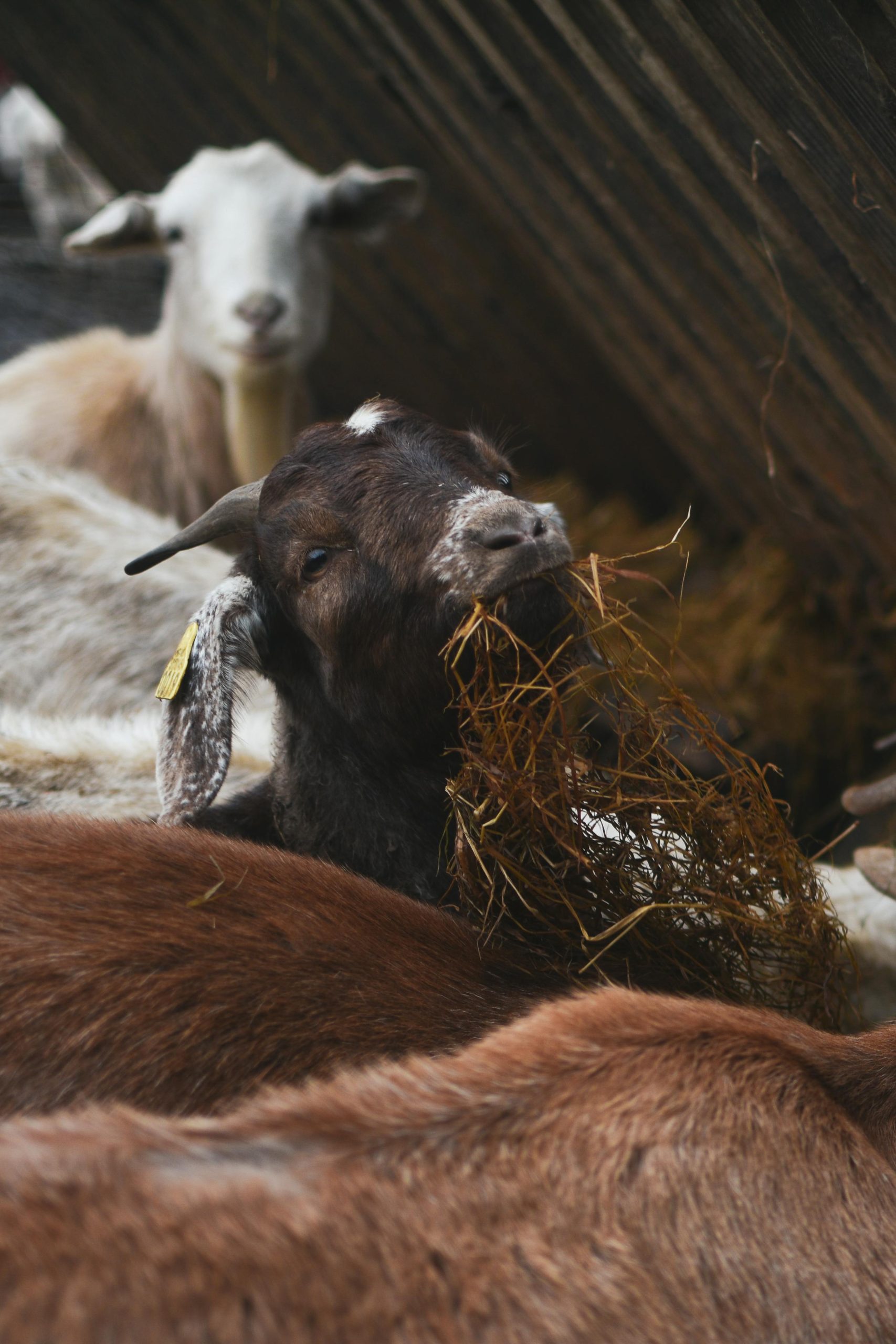The sight and smell of a fully stocked bakery at the end of the day can be both tempting and concerning. While the abundance is appealing, it also raises an obvious question: what happens to all of this unsold food? Thankfully, most modern bakeries and in-store grocery bakeries have developed a multi-layered system to deal with their leftovers. This approach is designed to minimize food waste by donating, repurposing, and discounting items before resorting to disposal.

Image Source: pexels.com
The First Stop: Donations to Food Banks
The vast majority of large bakery chains and supermarkets have established partnerships with local food banks and hunger-relief charities like Feeding America. At the end of each day, employees will box up unsold bread, bagels, and other durable baked goods that are still perfectly safe to eat. These charities will then pick up the donations and distribute them to local shelters and food pantries, ensuring the food goes to people in need instead of a landfill.
The “Day-Old” Discount Rack
Many bakeries and grocery stores have a designated “day-old” rack where they sell yesterday’s leftovers at a steep discount. This is often the first stop for savvy shoppers in the morning, who can get a whole bag of bagels or a loaf of bread for 50% off or more. This strategy allows the store to recoup some of its costs for the products while providing a great deal for budget-conscious customers.
Repurposing into New Products
A smart bakery knows how to give old products a new life. Stale bread and rolls are often sliced up, seasoned, and baked again to be sold as croutons or bagel chips. Leftover cakes and pastries can sometimes be crumbled up and used as a component in other desserts. This creative repurposing is a classic culinary technique for reducing food waste and creating a new, sellable item.
A Perk for Employees
In some cases, the bakery leftovers become a welcome perk for the store’s employees. At the end of a long shift, a manager might allow the bakery staff to take home some of the unsold items. This is a simple way to boost morale and ensure that the food is enjoyed rather than being thrown away.
The Final Option: Animal Feed and Compost

Image Source: pexels.com
For the items that cannot be donated, discounted, or repurposed, the last resort is often not the trash can. A growing number of environmentally conscious bakeries and grocery chains have programs to divert this food waste from landfills. The leftover bread and other grain-based products are often sent to local farms to be used as animal feed. The remaining organic waste is then sent to an industrial facility to be composted.
A More Sustainable Cycle
The journey of a leftover bakery item is a hopeful story of modern food recovery. While some waste is inevitable in the fresh food business, the industry has made significant strides in creating a more sustainable system. Through a combination of charity, smart business practices, and a commitment to reducing their environmental impact, bakeries are now able to give most of their unsold goods a second chance.
Do you ever shop at the “day-old” rack at your local bakery? What do you think is the most creative way to use up leftover baked goods? Share your ideas!
Read More
